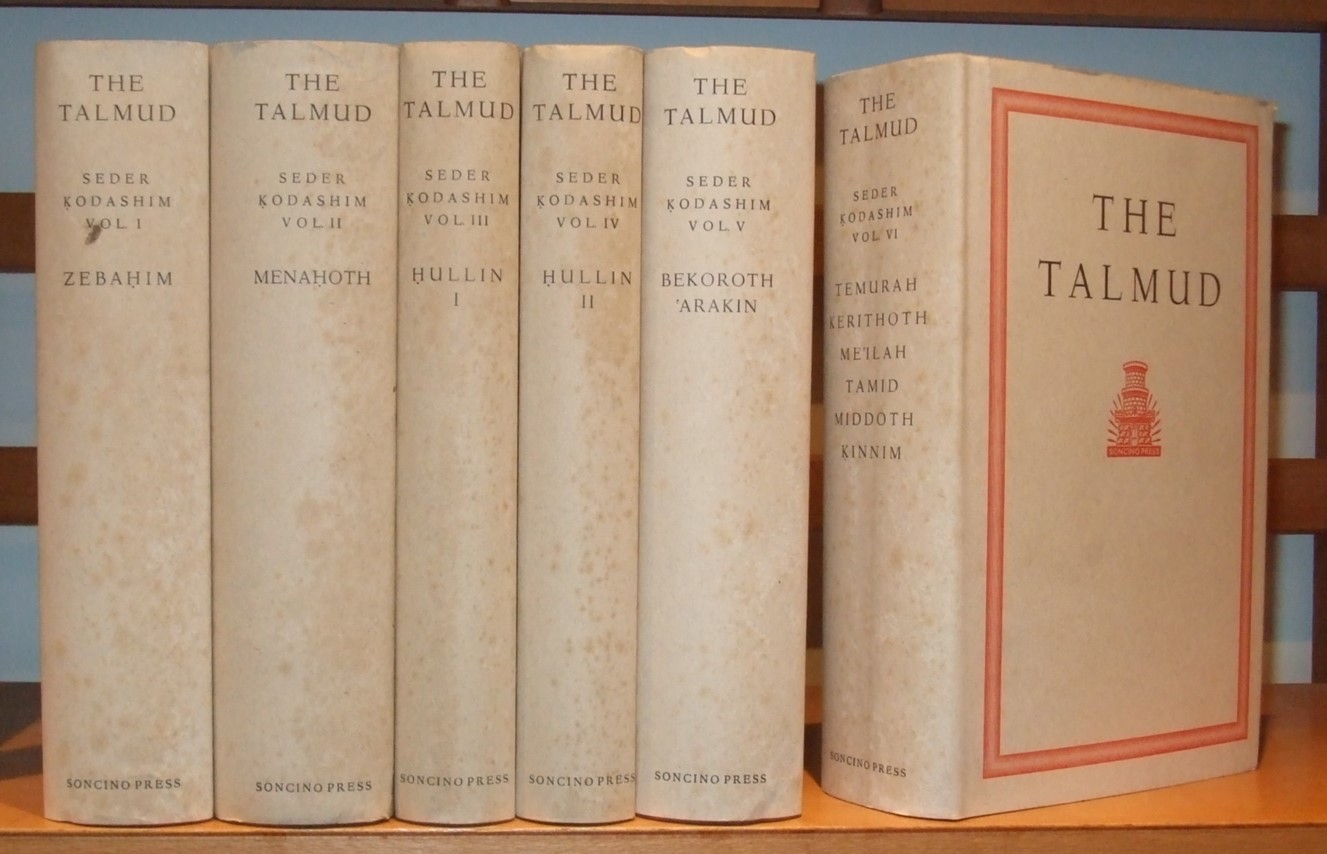
In BT Ketubbot 65a she is presented as coming to court after being widowed in order to demand a wine allowance. This representation is further substantiated by the second appearance of Homa in the Babylonian Talmud. Thus, in this tradition she is described as the ultimate representation of the Killer Wife, who when twice widowed should not marry again (Tosefta Shabbat 15:8). A third rabbi, Abbaye (fourth-century CE Babylonian Amora, see above), decides to marry her despite her fatal record as a wife and also promptly dies. She is also described as the widow of Rehava of Pumbedita and Rav Isaac son of Rabbah bar bar Hannah. In BT Yevamot 64b she is described as being of a distinguished lineage: she is the daughter of Rav Isi, son of Rav Isaac son of Rav Yehudah. Homa is mentioned in two traditions in the Babylonian Talmud. It therefore seems that Em must have been an impressive Jewish woman in Babylonia, a physician with a great reputation, who gained the rabbis’ confidence and trust to a very high degree. Nevertheless, gossip, amulets, folk medicine, and the raising of children are traditional women’s occupations, and it is exactly in these areas that we find Em’s advice undisputed. And a girl at the age of twelve.” This is an extremely weighty halakhic decision and it is surprising to find the rabbis depending for it on this woman’s advice. Mishnah and at the age of thirteen for fasts once in a while. In BT Ketubbot 50a we read: “Said Abbaye: Em said to me: At the age of six for Scripture, at the age of ten for Codification of basic Jewish Oral Law edited and arranged by R. halakhic recommendations regarding children. This knowledge in pediatrics allows her to also make The legal corpus of Jewish laws and observances as prescribed in the Torah and interpreted by rabbinic authorities, beginning with those of the Mishnah and Talmud. In another place she advises about the age from which a child is able to fast on the festivals ( BT Yoma 78b). One set of traditions preserved in her name is a compendium of information relevant to the circumcision wound ( BT Shabbat 133b–134a). In most of these she specializes in the welfare of children and their growth. BT Eruvin 29b BT Ketubbot 10b BT Gittin 67b 70a BT Avodah Zarah 28b). But in most other traditions she is an expert on folk remedies and diets (e.g. In another she shows expertise in amulets (BT Sabbath Shabbat66b). In one tradition she explains the nature of gossip (BT Mo’ed Katan 12b). It is therefore interesting to note what is the source of her authority. This suggests that Em was perhaps a famous, authoritative woman known to the rabbis of Babylonia. Furthermore, one other rabbi, aside from Abbaye, his late contemporary Ravina (the editor of the Talmud) is also mentioned as quoting Em authoritatively in the same way ( BT Berakhot 39b BT Mena h ot 68b). However, one tradition in the Babylonian Talmud suggests that when a sage quotes his mother he does not say “(a) mother said to me” but rather “my mother said to me” (BT Pesa h im 112a). They solved the contradiction by assuming that the woman in question was his adoptive mother. Talmud, however, knew that this woman could not have been Abbaye’s mother, since according to another tradition, his mother had died while giving birth to him ( BT Kiddushin 31b).

When not specified, "Talmud" refers to the Babylonian Talmud.

"teaching," "study," or "learning." A compilation of the commentary and discussions of the amora'im on the Mishnah.

The Babylonian Talmud itself already voices this explanation. amora Abbaye (278–338), it is usually assumed in scholarly circles that she was his mother, and that Em is a description (mother), rather than a name. In the chain of tradition they follow the tanna'im and precede the savora'im. 200 C.E.) until the completion of the Jerusalem and Babylonian Talmuds (end of the fourth and fifth centuries respectively), who were active primarily in the interpretation of the Mishnah. (Aramaic) "spokesman." Scholars active during the period from the completion of the Mishnah (c. She is always mentioned in exactly the same formula: a rabbi states: “Em said to me” and these words are followed by useful, thoughtful and authoritative advice, which is never disputed.īecause in fourteen of these traditions the person who quotes her is the fourth-century Babylonian Lit. Em is mentioned in no fewer than seventeen separate incidents in the Babylonian Talmud (of which only one is parallel to another).


 0 kommentar(er)
0 kommentar(er)
